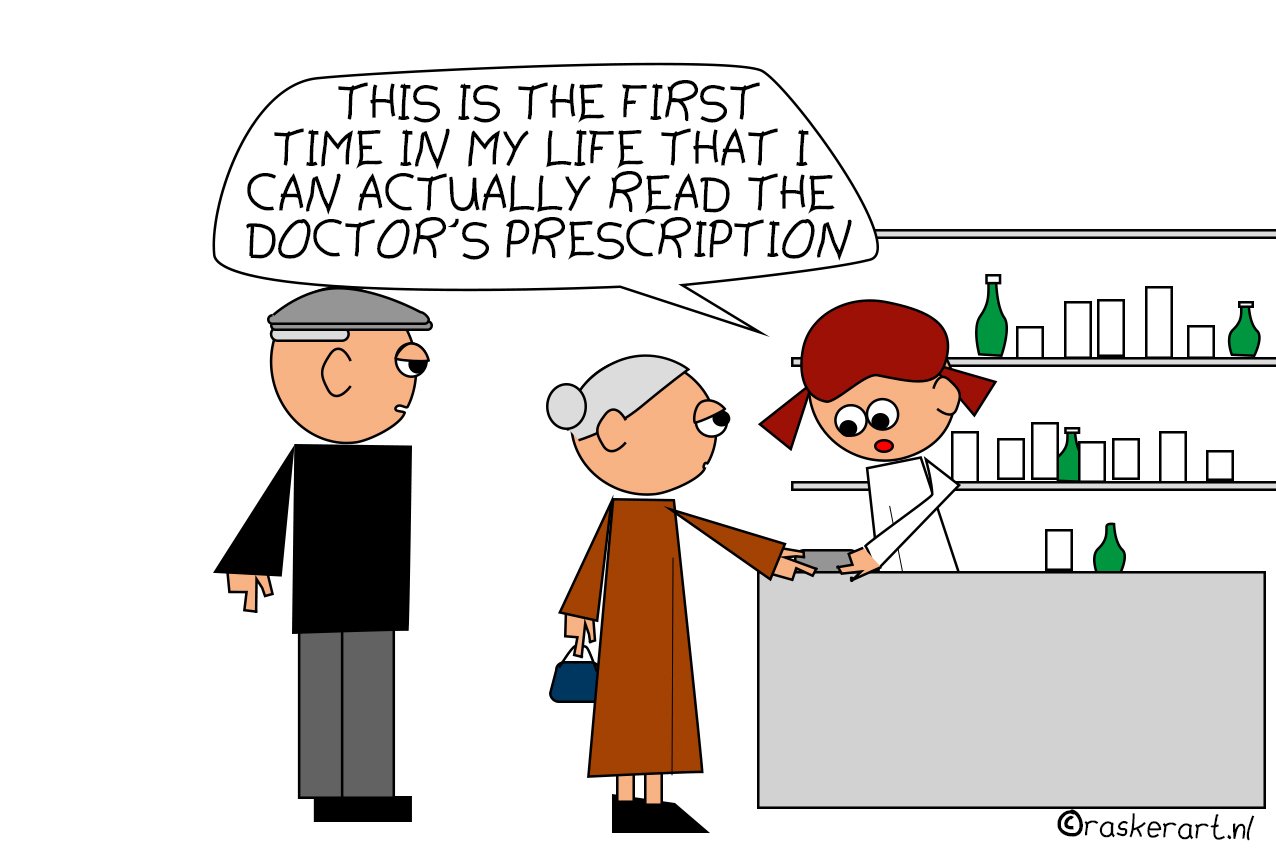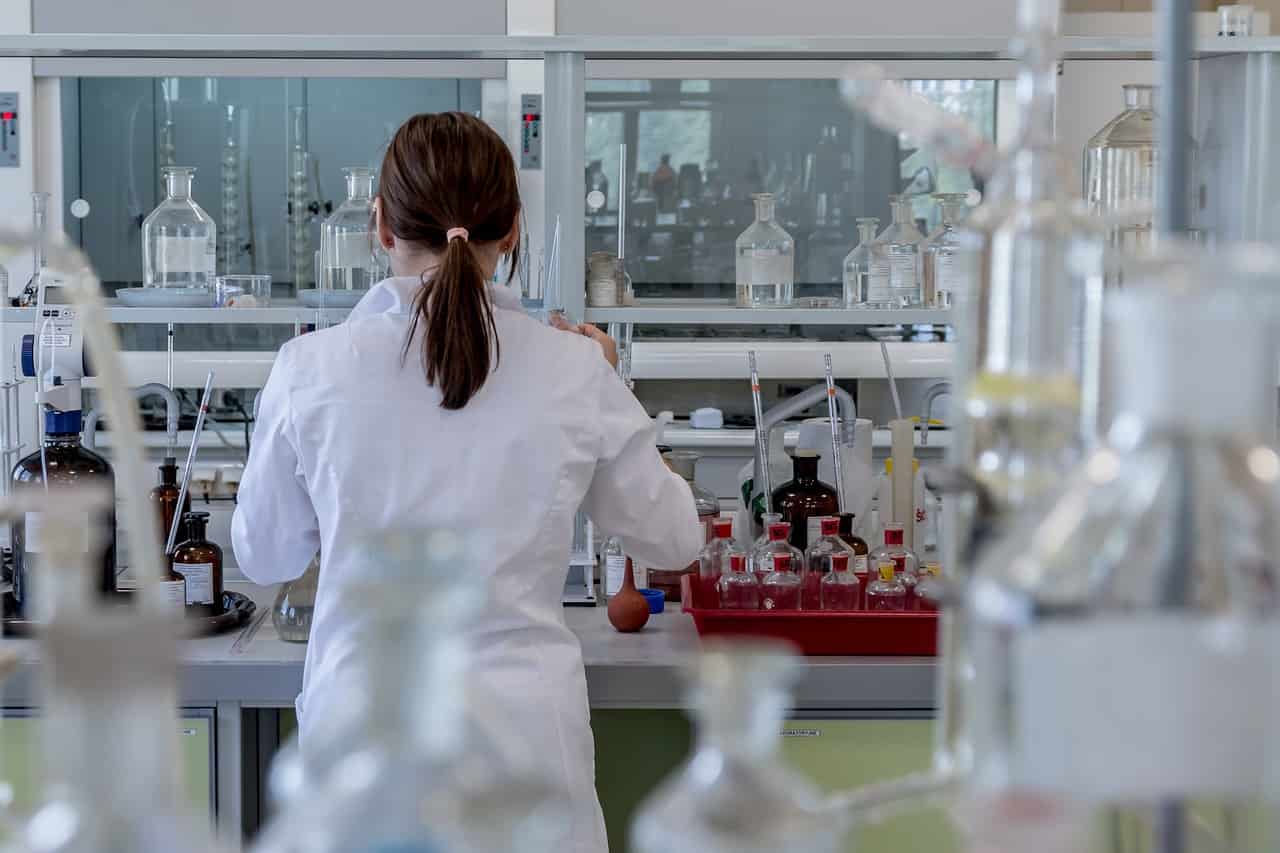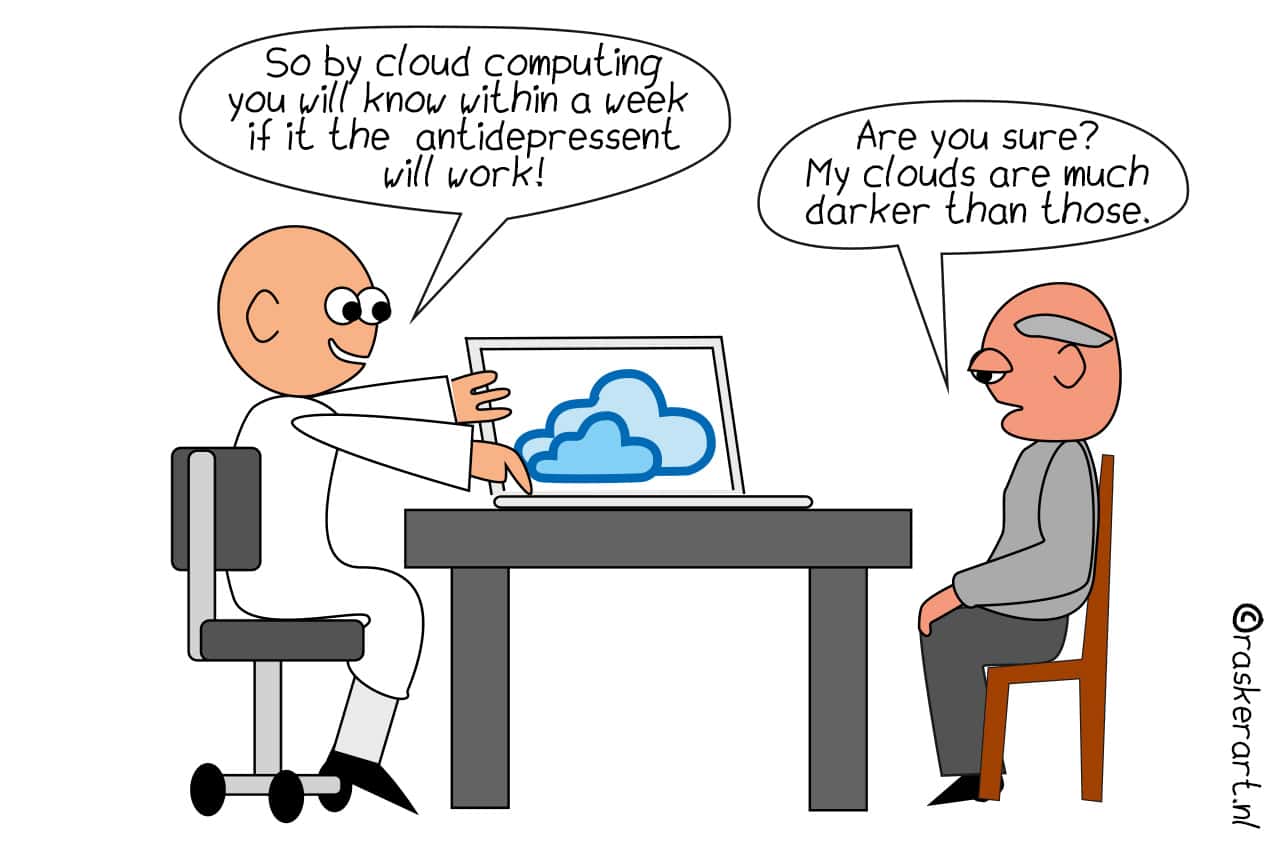
Don’t you find having a pee at home the most comfortable? Nevertheless, we usually go to the hospital when we need a urine test. Then we provide a urine sample by using a hospital bathroom while a nurse waits outside the door. Or you might bring your urine sample along with you in a small plastic jar. Sensors in bathroom scales, together with an app, may soon enable you to do that test from the comfort of your own home. This is still in the experimental stage, but there is a shift underway. Monitoring health parameters can be performed effectively from home more and more often.
By using so-called mHealth applications. It is an abbreviation for Mobile Health and ties into eHealth, which uses information and communication technologies to come up with applications that can support or improve health and healthcare. mHealth refers, for instance, to home monitoring. One example of this is how a diabetes patient can use an app to keep track of their blood sugar levels and carbohydrate intake. If desired, they can also share this with their doctor or diabetes nurse. There are also applications available for people suffering from lung or heart conditions. The Belgian start-up FibriCheck developed an app that measures heart rates and heart rhythms from home.
327,000 health apps
mHealth first made its appearance as a term ten years ago. The British organization ORCHA ( Organisation for the Review of Care and Health Applications) collects and reviews new and updated versions of eHealth applications. At the beginning of this year, it published a report about mHealth. This stated, among other things, that 327,000 health apps have been made over the past ten years and that 5 million health apps are downloaded every day. This increase is particularly noticeable in the fitness sector. mHealth is currently not yet an integral part of healthcare, but rather offers added value, according to the report.
The corona crisis may give a boost to more home-based monitoring so that the burden on hospitals is reduced. For example, a student team at Eindhoven University of Technology (TU/e, the Netherlands), Recover@Home, makes home rehabilitation possible for former corona patients who have been in intensive care. Bas Horn, a general practitioner in training, is involved in this development.
Monitoring diabetes patients at home
Before studying medicine, he did a Bachelor’s degree in biomedical technology in Eindhoven. Horn wants to use technology to develop healthcare even further. He has been treating patients for the past year and a half. For his Master’s thesis, he is researching the possibilities of home monitoring for diabetes patients. The urine test example is from one of the projects that he has been involved in during his medical studies. “Using an automated link between the scales and an app, someone could learn whether they are urinating properly. They could in turn share that information with a doctor via an online platform.”
In Horn’s view, the key to the power of home monitoring is primarily the continuous process in which it takes place. “Nowadays, it is often the case that a patient goes to the doctor once a month to have their blood pressure checked. If it is too high, the doctor says ‘you need to exercise more and eat healthier.’ The patient then leaves and when they come back after a month, it is not certain if they have actually followed that advice.” A more comprehensive picture emerges when weight, the number of steps taken, and blood pressure are monitored on a daily basis. The patient also gains insight this way into how more exercise and weight loss affect their blood pressure. Their behavior will then likely change sooner, Horn contends. “And those parameters are easy to keep track of at home.”
‘White coat hypertension’
At any rate, your blood pressure is a little higher when you see your family doctor, says Horn. “That’s what we call ‘white coat hypertension.'” Even though doctors no longer wear a white coat, sitting in the GP’s consultation room is not a natural situation and creates a bit more tension, Horn explains.
Likewise, if you keep track of your blood pressure every day or your sleeping habits, you gain a more objective sense of your situation. Horn: “People tend to give a subjective answer as to how they are doing.”
A smartphone can deliver objective data, which you can collect for a longer period of time. For example, how long you call or chat with someone. That information could be used in the future as an indicator of e.g. brain disorders. Professor of Neurological Biology of Behavior Martien Kas of the University of Groningen (RUG, the Netherlands) utilized mHealth in his research to map behavior more objectively and over a long period of time.
Open to interpretation
Scientists mainly use interviews and questionnaires to evaluate people’s behavior. Subjectivity is a risk here. The interviewer and the patient have their own interpretations of the questions. Plus, such a questionnaire is often a one-off, says Kas. Observational research is also an option, only that usually takes place in a clinical setting. Which is not a natural situation for a patient.
Smartphone data can reveal something about how often someone communicates with others, or how often someone visits new places. “If you measure this data over a longer period of time, it can be indicative of changes in social behavior, to name one thing. The research group led by Professor Kas developed a digital platform that she uses to try to make sense of the raw data collected from the smartphone. Kas: “Like differentiating between different aspects of social behavior. This can be important for the early detection of brain diseases or to better understand social behavior.”
Privacy issues soon arise in this type of research. That is why Kas’s research group spent a lot of time looking into these matters, the professor emphasizes. “All privacy-sensitive data is encrypted, such as phone numbers and names. Researchers do not know who someone is talking to. Nor do we register the content of conversations or text messages.”
Reliability
A great deal of information is also available through fitness wearables such as Fitbit, like the number of steps made per day and sleeping patterns. Data from a Fitbit is not intended for medical purposes. An app or online platform needs to have a CE marking in Europe and in America, it has to be approved by the FDA. This certifies that it makes reliable and accurate measurements. Horn: “You do not want an inaccurate reading of your blood pressure to lead to a change in your medication and consequently an even bigger problem.”
Typically, a physician doesn’t use the information from a device like Fitbit at this stage, says Horn. “For example, if that information shows that someone has an increased heart rate, a cardiac scan will be made as part of a subsequent medical treatment procedure. Horn expects that this will change within the next ten years.
Some doctors and nurses are still reluctant to count on technology, Horn notes. It is also difficult to say who takes responsibility for what. “If a patient has their blood pressure checked automatically every day, is their doctor legally obliged to look at it every day?”
Health aid
This mainly concerns the provision of information, says Colette Cuijpers, Associate Professor, and lecturer in Law and Digital Technology at the Avans University of Applied Sciences (the Netherlands). “If a doctor prescribes an app and acts as if it is a full substitute for their consultations, then they can be held liable for that.” In that case, they are not providing the right kind of information, according to Cuijpers. “If they clearly explain to the patient that it’s not a substitute for their consultations and that it’s purely a tool, which means that they will have to get in contact themselves with their doctor if something changes, then it’s the patient’s responsibility to do something with it.”
Cuijpers also recognizes doctors’ fears about the potential unreliability of technology. “What is their role if that technology is flawed?” Finding an answer to this is a joint effort involving various disciplines, Cuijpers continues. “Behavioral scientists are studying when there will be enough confidence in the technology. And what happens if we end up relying too much on it? The technology as it stands: How far along is the technology? What can you do with it? Build legal guarantees and assurances into it and set these down on paper. And then, of course, the medical part: What can technology contribute to the human aspect of healthcare? For example, recognizing certain patterns of diseases such as cancer. An algorithm can identify these patterns much better than the human eye.”
Stern warning
Obviously, a doctor will always be needed to verify everything, Cuijpers points out. Just like you can scan a birthmark with an app. “This is not a medical diagnosis, this is a predictor. If the prediction is that something might be amiss, then that’s a stern warning to go see your doctor and have them look at it.”
mHealth can lead to more efficient healthcare in the future, says Cuijpers, “This is also necessary because we are ageing and there is less and less staff available to provide care. If it can be done in a cheaper, more efficient, and in a responsible way, then I’m definitely in favor of it. As a lawyer, I look at the legal frameworks. What are the potential consequences and how can we limit any risks as much as possible?”
In ten years’ time, self-monitoring and remote healthcare will be normal, according to ORCHA’s report. But before then, there is still plenty of work to be done ‘together’.
Also interesting: (not) Desired: an app that saves your life, but also shares your data with commerce








